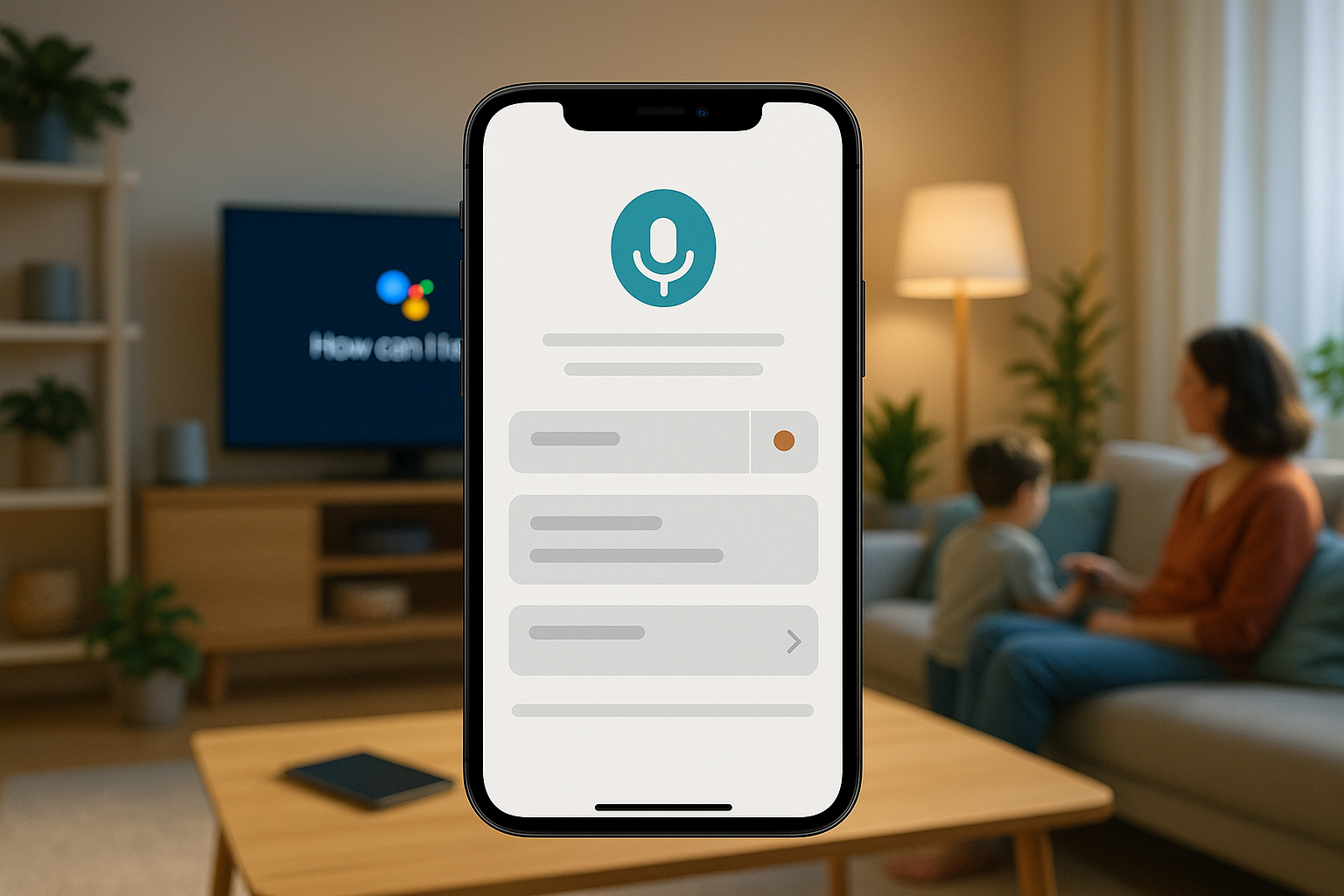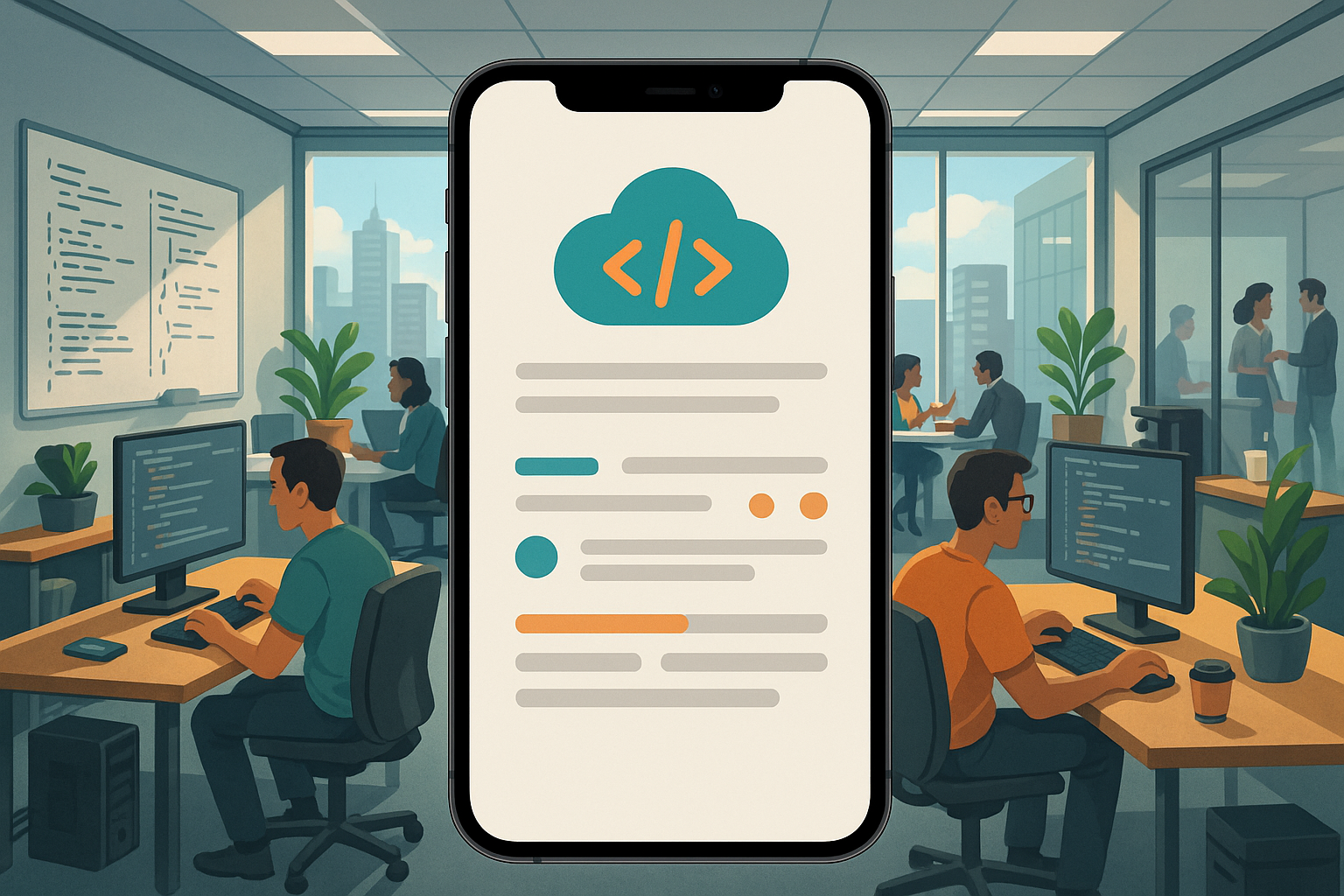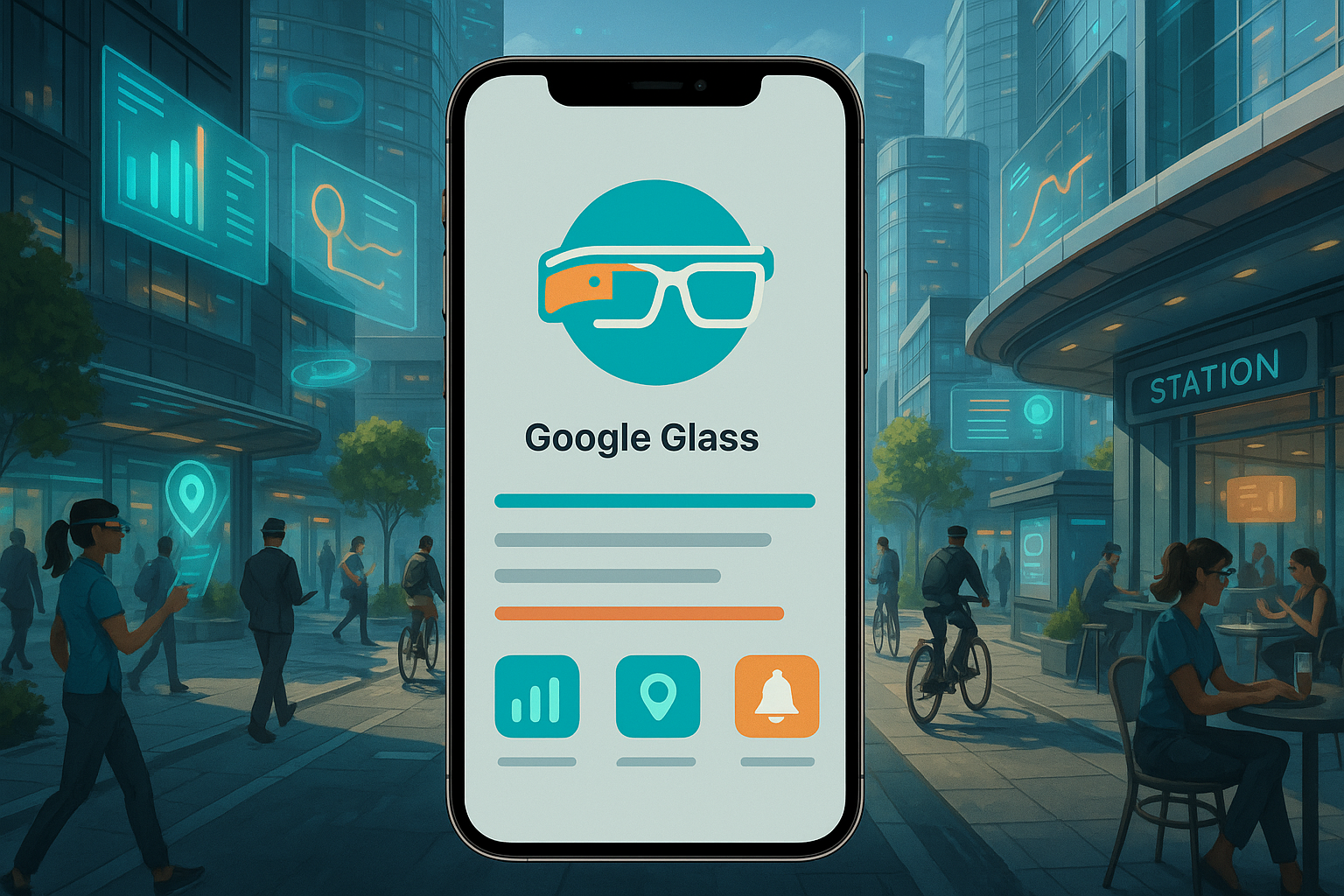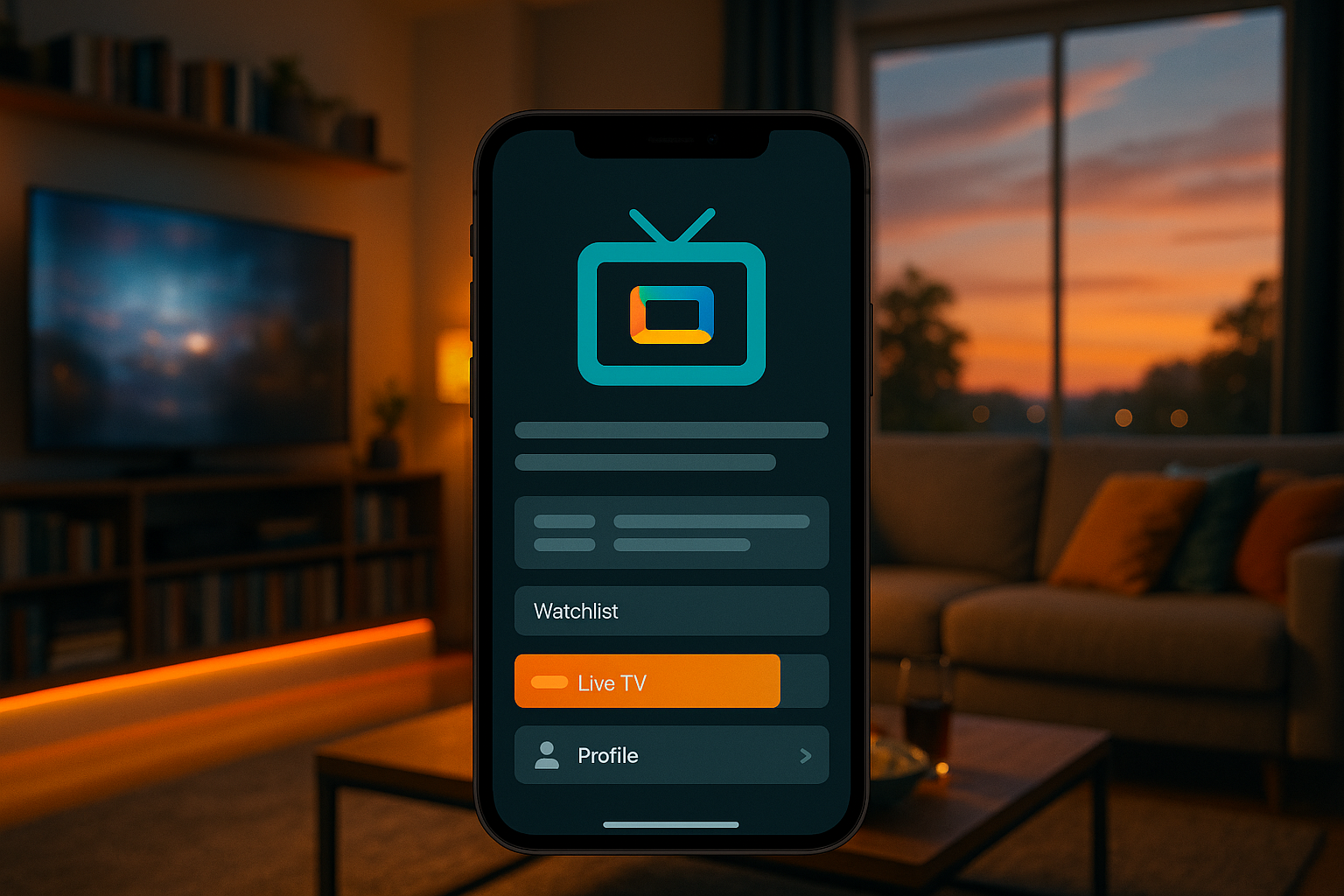The Expert’s Guide to Google Assistant App Development
Voice interaction is no longer science fiction; it is a core component of the modern digital experience. Millions of users interact with Google Assistant daily to get answers, manage their lives, and connect with services. For businesses, this presents a monumental opportunity to meet customers where they are, offering services and content through natural, conversational interfaces. However, building a robust, intuitive, and reliable Google Assistant application—known as an Action—is a journey fraught with technical complexities that can stall even experienced development teams.
The promise of a seamless voice-activated service often obscures the intricate challenges lurking beneath the surface. From deciphering the nuances of human language to architecting a backend that can respond in milliseconds, the path to launching a successful Google Assistant Action is anything but straightforward. This article serves as a comprehensive guide to navigating that path. We will explore what a Google Assistant Action is, detail the significant difficulties of in-house development, outline the different types of Actions you can build, and provide a realistic perspective on costs.
Most importantly, we will discuss how to choose the right development partner to bring your vision to life. As a top US AI-powered app development firm, we at MetaCTO have deep experience in this domain. We specialize in not only building standalone Actions but also in the complex task of integrating Google Assistant’s capabilities directly into mobile applications. This guide will leverage our expertise and industry knowledge to equip you with the information needed to make strategic decisions about your voice-first future.
What Is a Google Assistant App?
A Google Assistant app, officially called an “Action,” is an application that extends the functionality of the Google Assistant. It allows users to have a conversation with your specific service or content through the Assistant’s interface, which can be voice-driven on smart speakers and phones or text-based on various devices. Think of an Action as a third-party app that a user can access through the Google Assistant ecosystem without needing to download anything new.
These Actions enable businesses to build unique conversational experiences. When a user invokes your Action by saying a phrase like, “Hey Google, talk to [Your App Name],” the Assistant hands the conversational reins over to your application. From that point on, your Action manages the dialogue, processes user requests, and provides responses, effectively creating a direct channel between your service and the user.
The power of Actions lies in their versatility. They are not limited to a single function but can be designed to accomplish a wide range of tasks, making them a valuable tool for nearly any industry.
Why Is It So Difficult to Develop a Google Assistant App In-House?
While Google provides a suite of tools to get started, the journey from concept to a polished, production-ready Action is riddled with specific and often underestimated challenges. The experiences of developers Uri Shaked and Daniel Gwerzman, who created a Spanish Lesson app, provide a clear window into the real-world hurdles that in-house teams frequently encounter. These difficulties span natural language processing, backend architecture, multilingual support, and user experience design.
The Labyrinth of Natural Language Understanding (NLU)
At the heart of any voice application is its ability to understand what a user is saying. This is far more complex than simply matching keywords. True NLU involves grasping intent, context, and variation in human speech.
- Ambiguity of User Input: A significant challenge is accounting for the near-infinite ways users can express the same idea. For their Spanish Lesson app, Shaked and Gwerzman discovered that users had countless ways to say they didn’t know an answer, including phrases like “I have no idea,” “I forgot,” “what is it,” and the colloquial “idk.” Mapping all these variations to a single
IDontKnowintent requires extensive training data and a deep understanding of conversational patterns. An in-house team without a dedicated NLU specialist may struggle to build a model that is robust enough to avoid frustrating the user. - Correctness and Confidence: Even with intent mapping, the system can still misinterpret the user. Shaked and Gwerzman noted they “encountered many cases where the Spanish Lesson app did not seem to understand the user correctly.” This is a critical failure point. If a user feels misunderstood, they will quickly abandon the Action. Building and fine-tuning an NLU model to achieve high accuracy is a continuous process of analysis and iteration, requiring resources and expertise that many companies do not possess internally.
Complexities in Multilingual and Speech Synthesis Support
For businesses targeting a global or diverse audience, offering a multilingual experience is essential. However, this introduces another layer of technical difficulty.
- Mixing Languages: The developers found that mixing Spanish and English in their single app was “quite a challenge.” This is a common requirement for language-learning apps, travel guides, or services operating in bilingual regions. The underlying frameworks may not be optimized for seamless code-switching, forcing developers to build complex logic to manage language states and user inputs.
- Speech Synthesis (SSML) Limitations: A major roadblock was discovering that Google’s Speech Synthesis Markup Language (SSML) implementation did not support switching between different languages within a single response. They wanted their app to speak both Spanish and English, for instance, to present a Spanish phrase and then provide the English translation. The platform’s limitation forced them to find workarounds, adding complexity and potential points of failure to their application. This type of platform-specific constraint is often discovered late in the development process, causing delays and budget overruns for teams unfamiliar with the ecosystem.
Critical Backend and Database Architecture Decisions
A conversational app’s success hinges on its responsiveness. Users expect near-instantaneous replies, and any perceptible delay can shatter the illusion of a natural conversation. This places immense pressure on the backend architecture.
- The Latency Trap: Shaked and Gwerzman initially considered BigQuery for their database needs but found it was far too slow for real-time interactions. They calculated that using BigQuery for quick read, insert, and update operations would result in users waiting 5 or more seconds for each interaction. This level of latency is unacceptable for a conversational interface and would create a frustratingly poor user experience. This discovery illustrates a critical point: standard enterprise data solutions are often ill-suited for the unique demands of voice applications.
- Data Modification and Accessibility: Beyond speed, the developers found BigQuery to be “pretty limited when it came to modifying existing data.” A conversational app often needs to update a user’s state or profile with every turn of the conversation. Furthermore, reading user conversation logs directly from a BigQuery table was “not very convenient,” forcing them to build a separate frontend tool just to analyze user interactions and debug issues. These backend struggles demonstrate that building an Action requires a carefully architected data strategy, likely involving faster NoSQL databases and custom analytics tools, which adds to the development overhead.
- Data Pre-processing: Even collecting fundamental data like
inputType(e.g., voice vs. text) andsurfaceCapabilities(e.g., screen vs. no screen) was “not very straightforward,” as it required pre-processing before it could be stored in their database. This adds yet another step to the data pipeline that an in-house team must design, build, and maintain.
Designing a Truly Intelligent User Experience
A common pitfall is treating a voice app like a simple command-and-response script. A great Action feels like a smart assistant, not a rigid phone menu.
Uri Shaked realized a core flaw in their initial design: having the Action provide a random sentence without considering the user’s progress “did not make much sense.” Users were frequently presented with sentences containing words they had never learned, leading to a confusing and unhelpful experience. This highlights the necessity of state management and user modeling. A successful Action must remember a user’s history, track their progress, and adapt its behavior accordingly. This requires a more sophisticated design than a stateless Q&A bot and is a principle we at MetaCTO embed in our AI development services.
Different Types of Google Assistant Apps
Google Assistant Actions are not a one-size-fits-all solution. They are categorized based on their primary function, allowing developers to build experiences tailored to specific user needs. Understanding these categories can help you conceptualize what is possible for your own business.
- Tasks and to-do’s: These Actions help users stay organized and productive. Imagine an Action for your project management software that allows a user to say, “Hey Google, ask ProjectFlow to add a task ‘Draft Q3 report’ to the marketing project.”
- Communication: These Actions facilitate interaction between people. This could include Actions for sending messages through a specific social platform or initiating calls using a third-party service.
- Local Information: These Actions provide users with relevant information about their surroundings. A local news outlet could create an Action to provide neighborhood-specific headlines, or a transit authority could offer real-time bus schedules for a user’s nearest stop.
- Quick answers: This is one of the most common categories, focused on delivering information swiftly. A brand could create an Action to answer frequently asked questions about its products, or a financial institution could provide current stock quotes.
- Music and News: These Actions integrate with streaming services to play music, podcasts, or news briefings. Users can link their accounts to enjoy personalized audio content through the Assistant.
- Games and more: This broad category covers entertainment and interactive experiences. It includes everything from voice-based trivia games and choose-your-own-adventure stories to mindfulness exercises and interactive storytelling for kids.
Cost Estimate for Developing a Google Assistant App
When budgeting for a Google Assistant Action, it is crucial to distinguish between platform fees and the true cost of development. Many are surprised to learn that Google has made the core tools for building Actions remarkably accessible.
What Google Provides for Free
Google does not charge developers for access to its primary development tools. This means that you can start building and testing without an initial financial outlay to Google. Specifically, there are no charges for:
- Use of the Actions Console, the central hub for managing your Action.
- Use of the Actions Builder or the Actions SDK, the two main environments for development.
- The core speech-to-text and text-to-speech services, as long as they are used strictly for running your Conversational Action.
Where Costs Emerge
While the core platform is free, costs will arise from two main areas: associated cloud services and, most significantly, development effort.
- Associated Google Services: Your Action will almost certainly rely on other cloud services to function, and these are not always free. For example, if your Action needs a backend to run its logic or a database to store user data, you may incur charges for services like Google Cloud Functions, Firebase, or other cloud providers. The fact is, “there may be charges for other Google services if a user uses them when developing a Google Conversational Action.” Even the “built-in code editor with the Actions Builder” may incur charges.
- The Real Cost: Development Time and Expertise: The most substantial cost of building a Google Assistant Action is the investment in skilled development. As outlined in the challenges section, creating a high-quality Action is not a trivial task. The costs are in the hours spent by engineers, designers, and project managers to:
- Design an intuitive and logical conversational flow.
- Build, train, and refine the NLU model to understand users accurately.
- Architect a scalable, low-latency backend.
- Integrate with necessary APIs and third-party services.
- Conduct rigorous testing across multiple devices.
- Analyze usage data and iterate to improve the experience.
Building this in-house requires a team with a specialized, cross-functional skill set. For most companies, partnering with an experienced agency is a more cost-effective and faster path to market. Our Rapid MVP Development service, for instance, is designed to validate and launch an initial product efficiently, controlling costs while maximizing speed and learning.
Top Google Assistant App Development Companies
When the challenges of in-house development seem too daunting, many businesses turn to specialized agencies. Google maintains an official Agency Directory, which is a list of agencies that have previously developed Actions on behalf of other companies. However, it is important to understand the nature of this directory. Google makes it clear that it does not endorse these agencies, offers no warranty regarding their services, and that each agency is fully independent and not affiliated with Google.
With that in mind, choosing the right partner requires careful evaluation of their experience, process, and proven track record.
1. MetaCTO
At MetaCTO, we position ourselves as the premier partner for ambitious companies looking to innovate with voice and AI. With over 20 years of app development experience and more than 120 successful projects launched, we provide the deep technical partnership needed to navigate the complexities of Google Assistant development. We don’t just build apps; we build businesses.
A key area of our expertise is the integration of Google Assistant capabilities directly into existing mobile applications, a task that comes with its own unique and frustrating set of challenges.
Why It’s Hard to Integrate Google Assistant into a Mobile App
Connecting your mobile app to Google Assistant via App Actions allows users to launch specific features of your app with their voice. However, making this connection work reliably is notoriously difficult. Consider this common developer scenario:
A developer is trying to integrate their fitness app, “xyz app,” with Google Assistant. They want users to be able to say, “Start my workout on xyz app.” They follow the official documentation carefully:
- They add the required
<meta-data>tag to their app’s manifest file. - They create an
actions.xmlfile and define theactions.intent.START_EXERCISEbuilt-in intent.
Despite following these steps, the integration fails. When the user says the command, the “xyz app” does not start. To make matters worse, when they try a more generic command like “start my workout,” Google Assistant presents competitor apps like Fit and Strava as options, but their app is nowhere to be found. Attempting to debug the issue using the App Actions Test Plugin only results in cryptic error messages.
This scenario highlights the core difficulty: App Actions integration is a black box for many developers. The problem could be a subtle misconfiguration in the manifest, an incorrect parameter in the actions.xml file, or an issue with how the Assistant discovers and indexes the app’s capabilities. Debugging these issues requires a level of platform-specific expertise that can only be gained through experience.
How an Agency Like MetaCTO Can Help
This is precisely where we excel. We have navigated these obscure integration challenges time and again. Our Custom Mobile App Development process is built to handle these complexities from day one.
- Expert Guidance: We don’t just follow the documentation; we understand the underlying mechanics. Our team can quickly diagnose and resolve the kind of integration failures that leave in-house teams stuck for weeks.
- End-to-End Management: We handle every step of the process, from initial strategy and conversational design to building the backend logic, executing the tricky mobile app integration, and launching the final product.
- Future-Proofing: As your business scales, your app must evolve with it. We ensure your Google Assistant integration is built on a solid foundation that can be updated and expanded with new features, keeping you competitive in a fast-moving market.
By partnering with us, you transform a frustrating technical setback into a clear path forward, allowing you to leverage the full power of Google Assistant without derailing your product roadmap.
Conclusion: Build Your Voice-First Future the Right Way
Throughout this guide, we have journeyed through the landscape of Google Assistant app development. We have seen that while the potential to connect with users through voice is immense, the path is layered with technical challenges. Developing an Action in-house requires a rare combination of expertise in natural language understanding, low-latency backend architecture, adaptive user experience design, and platform-specific integration.
We established that while Google’s core development tools are free, the true investment lies in the expert engineering hours required to build a polished, reliable, and intelligent Action. From the difficulty of understanding varied user phrasing to the critical need for a high-performance database, the pitfalls are numerous. Furthermore, integrating these voice capabilities directly into a mobile app presents another set of opaque challenges that can halt development indefinitely.
Building a successful voice experience should not be a gamble. It requires a strategic partner with a proven track record of transforming complex ideas into market-ready applications that delight users and drive business goals.
If you are ready to extend your product’s reach with a powerful and intuitive Google Assistant Action, it is time to work with a team that has been there before. Talk with a Google Assistant expert at MetaCTO to discuss how we can integrate a seamless voice experience into your product.






